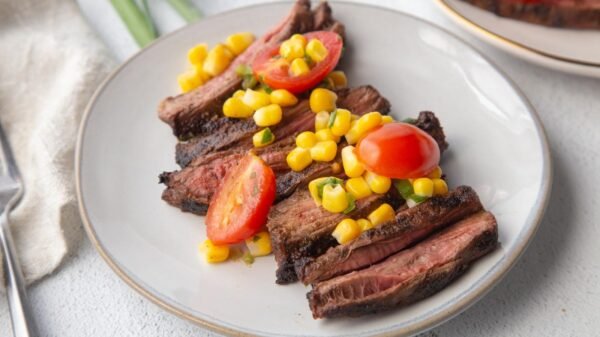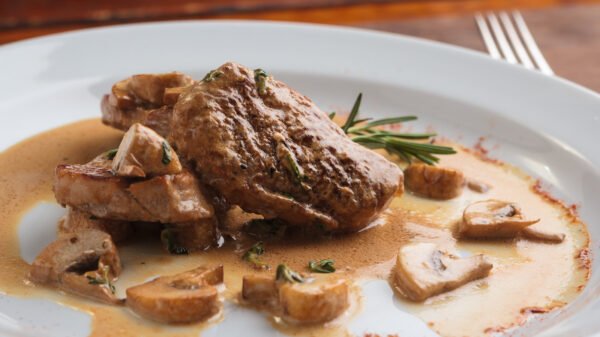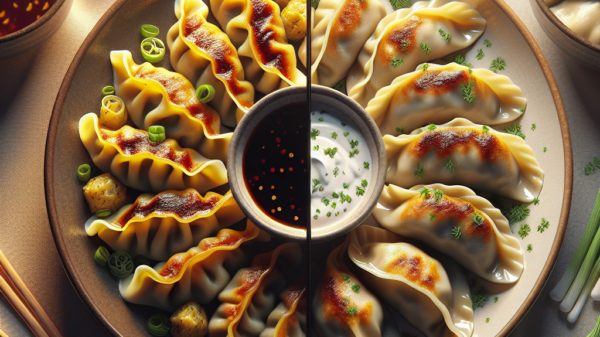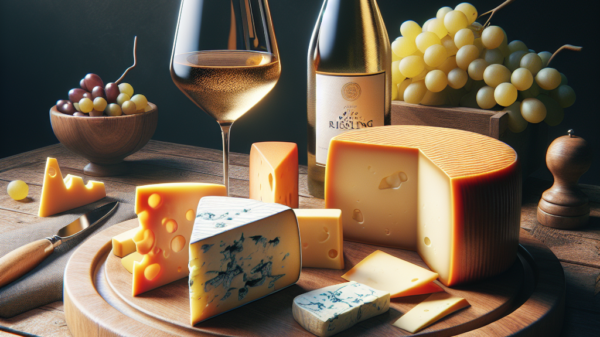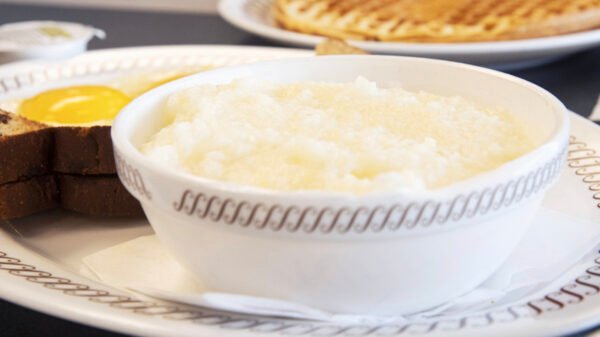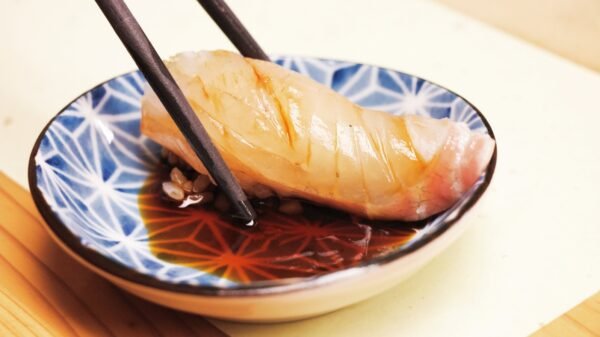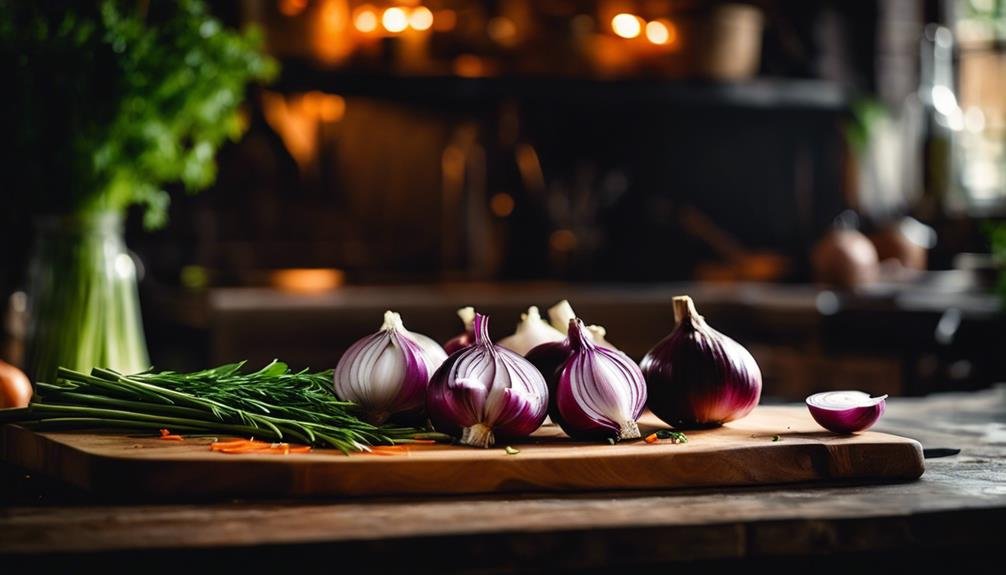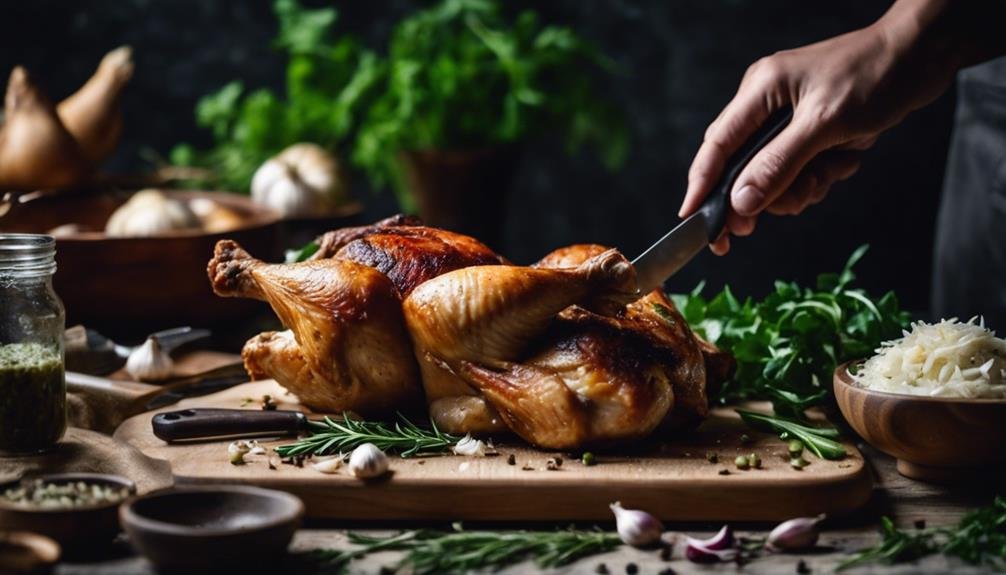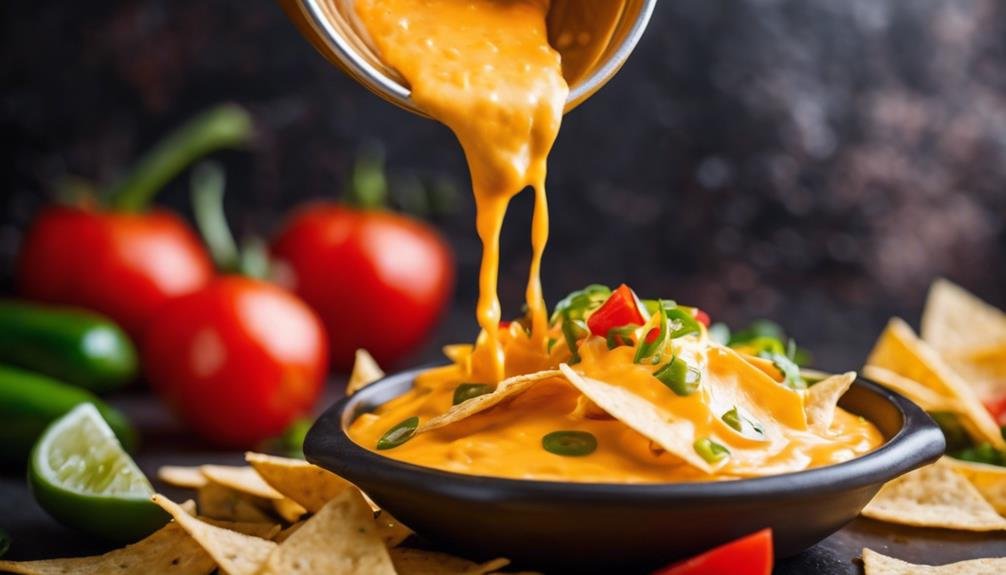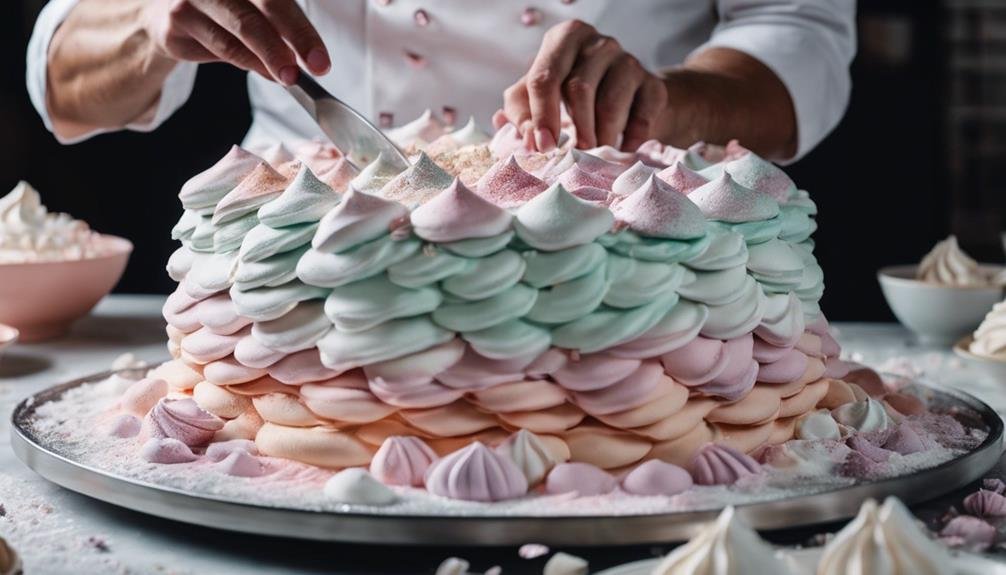Imagine your kitchen as a stage, and aromatics are the unsung heroes in the spotlight, quietly but confidently setting the tone for a culinary masterpiece. You’ve probably tossed onions, garlic, or herbs into a pan without much thought, but there’s an art to using these flavor powerhouses effectively.
It’s not just about throwing them in; it’s about understanding the why and the how that’ll transform your dishes from good to unforgettable. So, why settle for bland when a world of vibrant, aromatic-infused dishes awaits? Stick around, and let’s uncover the secrets to elevating your cooking game with the magic of aromatics.
Aromatics Cooking Key Takeaways
- Aromatics, such as onions, garlic, and herbs, create flavorful foundations in various cuisines.
- Proper preparation techniques, like fine chopping and dicing, significantly enhance the release of flavors from aromatics.
- Different cuisines utilize unique blends of aromatics, offering a wide range of flavors to explore and incorporate into dishes.
- Mastering the cooking of aromatics can transform meals from good to unforgettable by adding depth and complexity.
Understanding Aromatics
At the heart of culinary mastery, understanding aromatics is your secret weapon for transforming mundane meals into flavor-packed feasts. Aromatics, the unsung heroes in your kitchen, are the dynamic trio of vegetables, herbs, and sometimes meats heated in fat to kick-start your cooking with an explosion of flavor. Imagine the humble garlic, onion, and ginger. These aren’t just ingredients; they’re the foundation stones upon which the taste temples of sauces, braises, curries, and soups are built.
Diving into aromatics isn’t just about tossing random veggies and herbs into a pot. It’s about crafting a symphony of flavors that gives your dishes depth, complexity, and personality. Whether wooing guests with a gourmet meal or serving comfort food that warms the heart, getting your aromatics right is the first step toward culinary greatness.
Preparing Your Aromatics
Diving headfirst into preparing your aromatics, it’s essential to master the art of finely chopping and dicing to unleash the full flavor potential in your cooking adventures. Whether you’re looking to chop onions, dice carrots, or grate ginger, each move you make is a step towards a more flavorful dish. The key is not just to cut but to cut with purpose. Applying the proper techniques adds flavor, releases more flavor, and ensures each bite is a testament to your culinary prowess.
| Aromatic | Preparation Technique | Flavor Impact |
|---|---|---|
| Onions | Finely chop | Maximizes taste by releasing more flavor |
| Carrots | Dice | Adds a subtle sweetness, enhancing the overall aromatic combination |
| Ginger | Grate | Releases intense, fresh flavors, perfect for adding a zesty kick |
| Garlic | Mince | A small cut for a big burst of flavor essential in countless cuisines |
Aromatics Across Cuisines
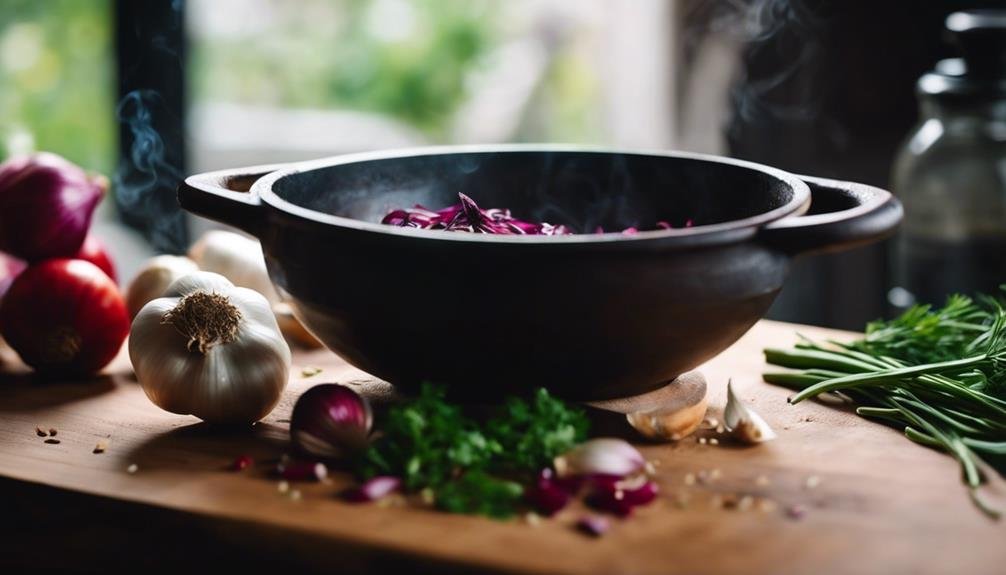
Exploring the globe through your kitchen, you’ll find that aromatics form the backbone of cuisines from France to Thailand, each blend offering a unique passport to flavor. Dive into the world of culinary delights, and you’ll soon realize how these essential combinations can transform your meals from mundane to magical.
Let’s embark on a flavor journey with these key aromatic bases:
- French Cuisine: The classic mirepoix is your go-to, a holy trinity of onions, carrots, and celery. It’s the secret behind the depth in those hearty stews and soups.
- Chinese Stir-Fries: Here, the trio of garlic, green onions, and ginger dances together, creating a foundation that’s both spicy and aromatic, perfect for those quick, fiery dishes.
- Indian Cooking: A quartet of onions, garlic, ginger, and chilies forms the cornerstone, offering an explosion of flavors that are hard to resist, making every curry a memorable one.
- Thai Cuisine & Latin Dishes: While Thai dishes revel in the mix of onions, garlic, chilies, and coconut milk for a vibrant aromatic combination, Latin cuisine’s sofrito with onions, garlic, bell peppers, and tomatoes adds that traditional zest to your meals.
Embrace these aromatic combinations, and let your kitchen be a gateway to the world’s flavors!
Cooking Techniques
After setting off on a worldwide tour of aromatic foundations, it’s time to master the art of bringing these flavors to life in your kitchen through skilled cooking techniques. You’ve sniffed out the secrets; now let’s chop, dice, and sauté our way to flavor town.
The key to revealing the full potential of aromatics lies in the preparation. Finely chopping onions, carrots, celery, and ginger isn’t just essential; it’s a plunge in enhancing flavor release and ensuring these taste-boosters integrate seamlessly into your dishes. But don’t fret if you’re not a chopping champion yet. Countless videos are out there, ready to guide your knife with the precision of a seasoned chef.
Remember, different aromatics beg for specific preparation techniques to shine truly. This isn’t about hacking away at your veggies—it’s about treating each one with the respect it deserves, allowing its unique flavor to elevate everything from hearty soups to robust sauces.
Cooking with aromatics is more than a step in your recipe; it’s a journey to deeper, more complex flavors. So, roll up your sleeves and plunge into the world of aromatic-enhanced dishes. Your kitchen and your guests will thank you.
Enhancing Flavors With Aromatics
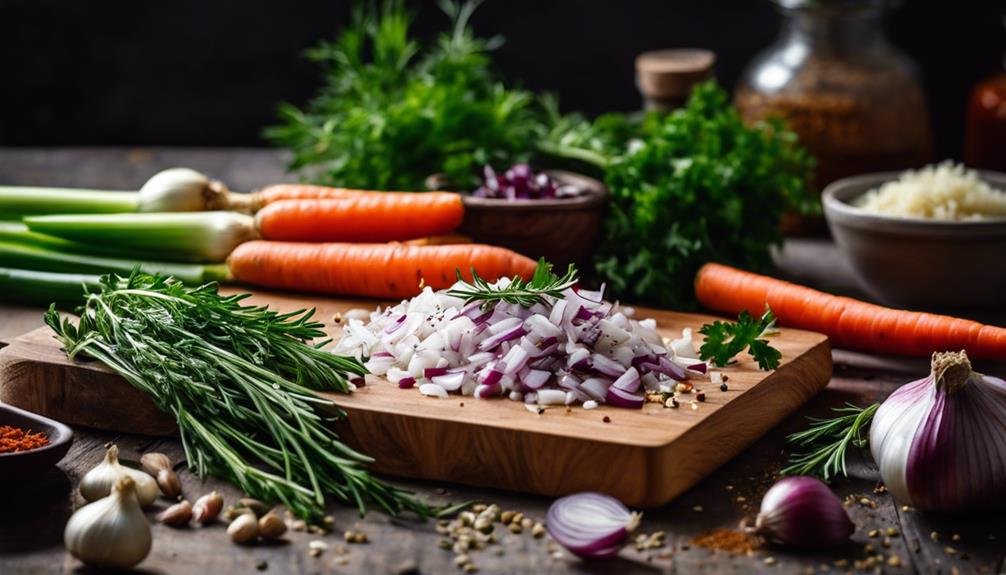
By incorporating aromatics like onions, garlic, and ginger, you’re not just cooking; you’re architecting a foundation of flavors that’ll elevate your dishes from good to unforgettable. These culinary superheroes are the unsung heroes behind well-balanced, mouth-watering creations that beckon for seconds.
Here’s how to master the art of flavor enhancement with aromatics:
- Know Your Aromatic Combinations: French mirepoix, Chinese garlic-ginger duo, and many other cultural blends offer unique flavor profiles. Delve into culinary traditions to understand which combinations work best for your desired dish.
- Preparation Techniques Matter: Don’t just chop and throw them in. How you prepare your aromatics—whether diced, minced, or grated—can impact their flavor potency and the overall taste of your meal.
- Master Cooking Techniques: Sautéing onions to a golden perfection or gently sweating garlic to release its aromatic essence are skills that transform good dishes into great ones. Each technique reveals different flavors and aromas.
- Embrace Customization: Experimenting with various aromatic blends allows you to customize dishes to your taste. Discovering new, unique flavor profiles by mixing traditional and non-traditional aromatics can be your secret ingredient to unforgettable meals.
Frequently Asked Questions
What Are the 7 Most Commonly Used Aromatics in Cooking?
The 7 most commonly used aromatics in cooking include onions, garlic, celery, carrots, peppers, ginger, and herbs. These ingredients add depth and flavor to your dishes, so incorporate them generously.
How Do I Make My Food More Flavorful?
To enhance the flavor of your food, begin by sautéing onions, garlic, and herbs. Experiment with blends like sofrito or mirepoix, and adjust the ratios according to your preference. This technique will significantly elevate the taste of any dish you prepare.
When Should You Use Aromatics?
Aromatics should be used at the beginning of the cooking process to enhance the flavor of dishes. They serve as the essential base that transforms meals from bland to extraordinary, whether you’re preparing soups, curries, or any other cuisine.
What Are the Aromatics and Flavorings?
Aromatics and flavorings are ingredients like onions, garlic, carrots, and herbs that when sautéed or prepared correctly, significantly enhance the taste of dishes. They serve as a culinary secret weapon, transforming basic meals into extraordinary culinary experiences.
Conclusion
So, you’ve journeyed through the fragrant world of aromatics, from prep to plate. Remember, these flavor wizards—your onions, garlic, herbs, and their pals—are the secret handshake of cooking.
Saute, sweat, or sizzle them to reveal a treasure trove of flavors to make your dishes sing. Immerse yourself in different cuisines and experiment boldly.
Your kitchen’s about to become the hottest ticket in town, with every meal a symphony of scent and taste. Happy cooking, flavor maestro!


